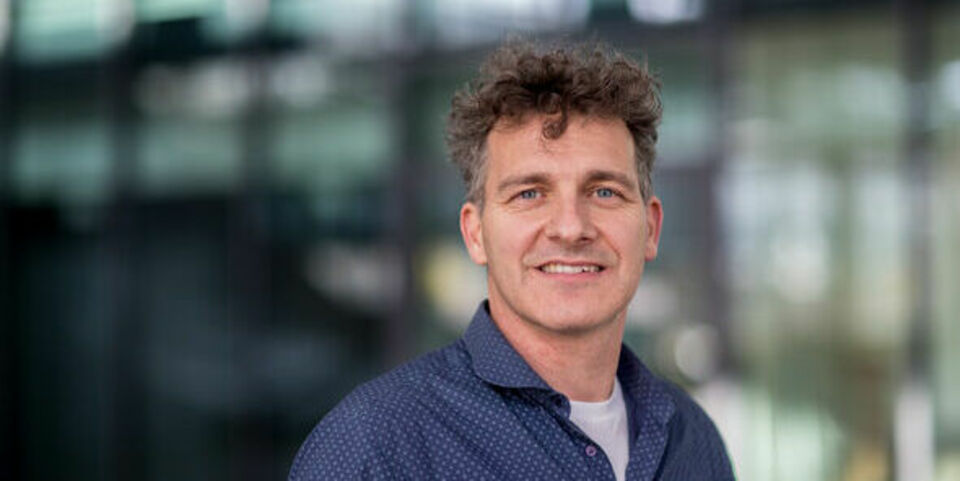Erik Bakkers parries criticism of his nanowires
In 2017 the Delft professor Leo Kouwenhoven and TU/e's Full Professor Erik Bakkers reported in the journal Nature that they had produced superconductive nanowires, ideal for detecting what are called Majorana particles. Evidently, Kouwenhoven, as became apparent last year, was insufficiently critical in his research, and today in the Volkskrant national newspaper, a former member of his group states that the Eindhoven nanowires were “far from almost perfect”. Bakkers says that was never the gist of the article.
The discovery by Leo Kouwenhoven in 2018 of Majorana particles raised the prospect of a new type of quantum computer. A computer that would enable superfast calculations. Working with his team, TU/e's Full Professor of Advanced Nanomaterials & Devices Erik Bakkers was responsible for producing the nanowires required in this research and therefore became a co-author of the article published in Nature.
In February of last year it became known that Kouwenhoven had been insufficiently critical in conducting his research. This conclusion was believed to follow from, on the one hand, new insights gained in the field and, on the other, the possibility that the selection made from the raw data may have been less than careful. At TU Delft this issue is currently the subject of an integrity investigation. Those involved say that due to the ongoing investigation, no comment can be made.
Much to improve
In today's Volkskrant a former member of Kouwenhoven's group, Sergey Frolov, says, however, that the Eindhoven nanowires were “far from almost perfect”. Frolov says that in his current research group at the University of Pittsburgh he has also worked with these nanowires.
Bakkers, who is attending a conference today, has responded by mail to the Volkskrant article: “Firstly, the gist of our paper is not that the wires are perfect. We know there is much that needs improving. That's clear in the article and we are still doing that work. The gist is that we have taken a significant step. This is literally the conclusion and I stand by it completely. This method is now being used by many groups, as well as in the papers written by Sergey Frolov. Secondly, it is not strange that Frolov is unable to reproduce the data fully. His group is very slow; it takes them six months to a whole year to produce and test devices. It is also known that the quality of the samples deteriorates over time. That is another thing we have told him.”


Discussion